The Palband Blog
12 reasons why you should be using reusable pallet wraps
The number one reason to use Palbands is because they are reusable, as long as you’ve got a return loop in your supply chain. This could be an internal supply chain moving goods from one area of your warehouse to another, or shipping goods from a distribution centre to local stores or customers. Palbands typically fold down to a small package when not in use so can be shipped back to their starting point very easily on any transport. There’s many other reasons to use them too, so read on and find out more.
Return on investment is paramount when investing in new products such as Palband reusable pallet wraps. Palbands are expected to last for approximately 1300-1500 uses so when used internally every day, the return on investment is likely to be around 6 months. You will then get another two to three years use after that which will be saving many £1000’s that would otherwise be spent on single use plastic pallet wrap.
Plastic as a product is a necessity in many instances, but there are also great opportunities to use other products or reusable products instead, especially when it comes to single use plastic wrap. As we all know, plastic is derived from oil, so every plastic product produced uses up more of the oil reserves. That’s why Palband reusable wraps are perfect for reducing your environmental impact as they can be reused multiple times, saving the waste created by single use plastics.
Records to Keep
1Reduce the cost of the Extended Producer Responsibility (EPR) for Packaging Issues with landfill are at an all-time high, so anything that can be done in the short to medium term to reduce the strain on landfill can only be a good thing. Single use plastic shrink wrap is certainly part of the issue, that’s why reusable wraps like the Palband are excellent for making a reduction in the excessive amount of plastic waste that lands up in landfill sites.
2Reduce landfill Single use plastic pallet wrap can often be seen stuck in hedges and trees, or strewn at the roadside because it is often used to cover products which are transported on the back of open trailers, and as the force of the wind puts pressure on the plastic, this can easily be torn off and becomes litter on the roadside or in bushes or trees. If reusable pallet wraps were used instead, they would be sufficiently attached to the goods and the pallet so there would be no possibility of being ripped off. Also, the Palband product is made from mesh which allows the air to flow through it, therefore reducing the impact of the wind.
3Reduce litter Weight of exempted plastic packaging and the reason for the exemption.
4Reduce waste disposal costs Single use plastic waste needs to be stored somewhere before it can be removed from site and taken to landfill, so there’s a cost for storage, then the cost of transport, and the cost of dropping it at the landfill site. All these costs add up significantly over a year whereas the use of reusable pallet wraps negates all those costs.
key plastic packaging tax points
Upcyclable and repairable Palband reusable pallet wraps can be successfully upcycled to create other useful items such as temporary fence post blocks, road cone bases and other heavy weight products where second-rate PVC can be used. They can also be repaired very effectively which lengthens their useful lifespan and continues to save you money.
Made to your bespoke requirements Some reusable pallet wraps are off the shelf which may or may not fit your specific needs, but the advantage of using the Palband product is that each one is tailored to suit your specific requirement, whether it be the size and weight of the goods on the pallet or in the roll cage trolley, the colour coding and branding to segregate specific transport arrangements, or the detachable lid to keep the rain out, all of your specific needs can be met with our bespoke designs.
Operator comfort Many of our customers have mentioned that using our reusable pallet wraps have made wrapping pallets a whole lot easier, because the operative doesn’t need to run around the pallet 20 or 30 times with the single use wrap. Our Palband product only needs one walk around that saves the operative from getting dizzy which is a common complaint when hand wrapping pallets.
Show the public you care Environmental issues are now front of mind in the majority of the public, and any brands that can demonstrate that they are putting a strong focus on making changes to their environmental footprint will have approval from the environmentally conscious. To be able to broadcast that you have saved the use of many tons of single use plastic must be a good thing, and can be confidently communicated to the world, and for good reason.
Overview
The tax applies to plastic packaging on a per component basis. Multi-material components are classed as plastic packaging if they are predominantly plastic by weight.
A component must meet the following definition of ‘packaging’ to be liable for the tax:
So to conclude, as long as you have a return loop of some kind, you can take full advantage of using reusable pallet wraps which will reduce your environmental impact, reduce your operational and waste disposal costs, reduce landfill and litter issues, reduce your costs related to the Plastic Packaging Tax and EPR, and give your brand a well earned boost in the process. A useful resource relating to sustainable packaging can be found on the McKinsey website where the authors of the article – True packaging sustainability: Understanding the performance trade-offs mention the need to be aware of reusable products that can help drive further carbon-emissions reduction.
The responsibility for paying the Plastic Packaging Tax falls predominantly with importers of filled or unfilled plastic packaging and UK manufacturers of plastic packaging.
The tax only applies if the business places more than 10 tonnes of plastic packaging onto the UK market.
The business that completes the ‘last substantial modification’ to the plastic packaging or component is liable for the tax. If the last substantial modification is made at the point where empty packaging is filled with goods/products, then it is the substantial modification point prior to this. Care and due diligence is applied to the tax point. If you believe the Plastic Packaging Tax should have been paid before the packaging reaches your business, and it is not clearly stated on invoices, you may face secondary liability.
The responsibility for paying the Plastic Packaging Tax falls predominantly with importers of filled or unfilled plastic packaging and UK manufacturers of plastic packaging.
The business that completes the ‘last substantial modification’ to the plastic packaging or component is liable for the tax. If the last substantial modification is made at the point where empty packaging is filled with goods/products, then it is the substantial modification point prior to this. Care and due diligence is applied to the tax point. If you believe the Plastic Packaging Tax should have been paid before the packaging reaches your business, and it is not clearly stated on invoices, you may face secondary liability.

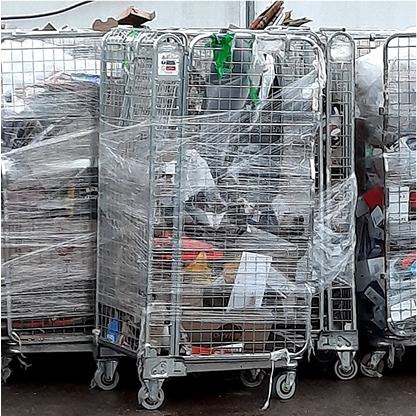
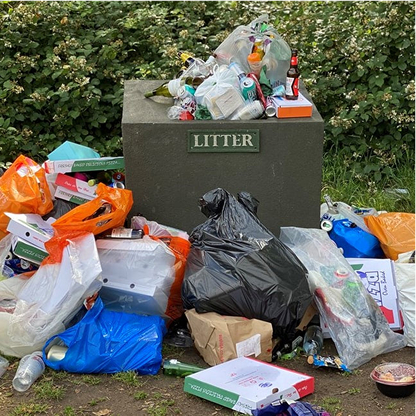
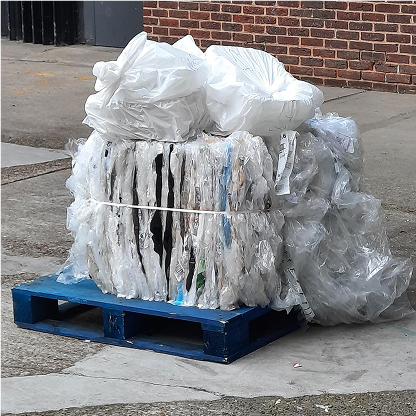
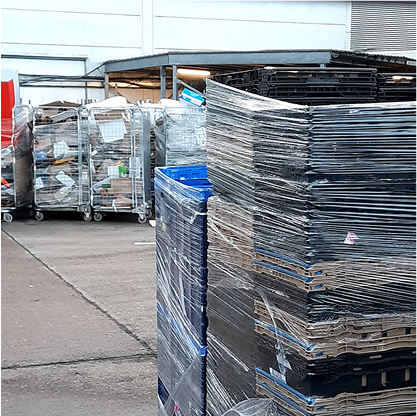
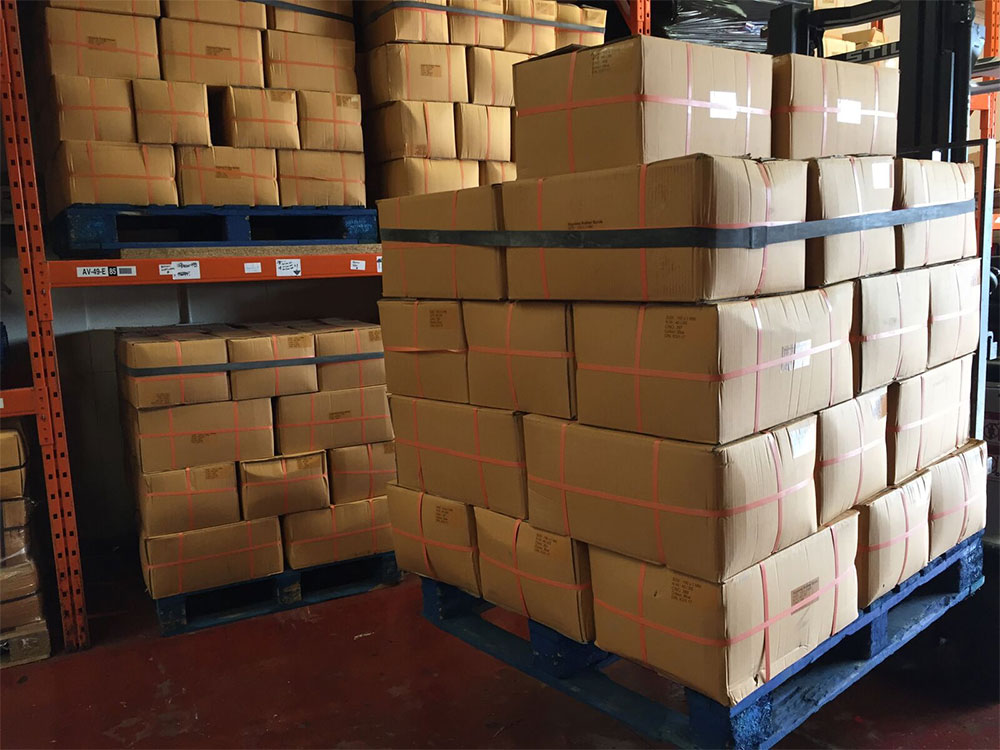
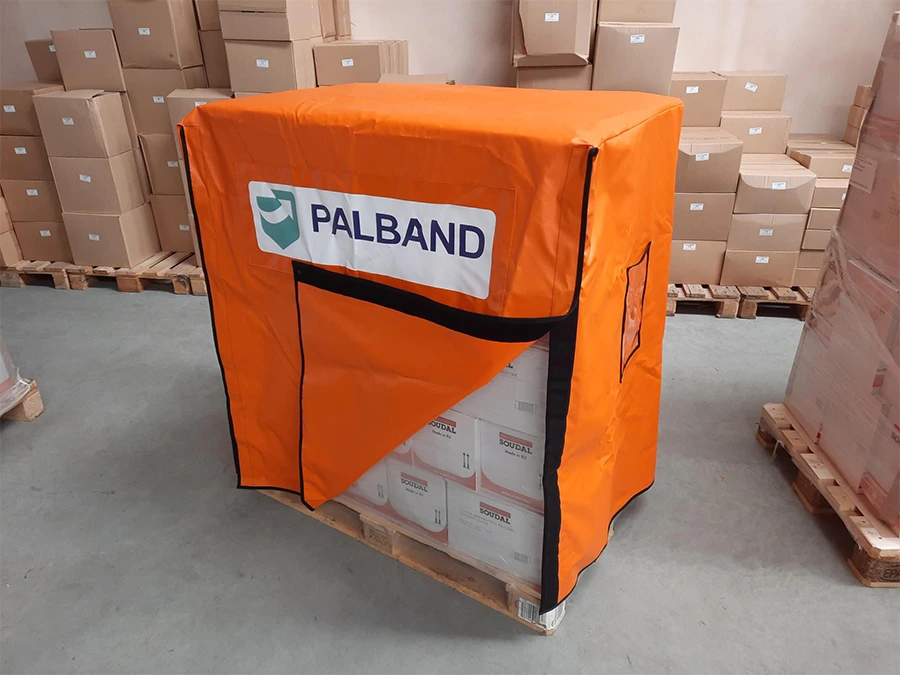



“Is a product that is designed to be suitable for use, whether alone or in combination with other products, in the containment, protection, handling, delivery or presentation of goods at any stage in the supply chain of the goods, from the producer of the goods to the consumer or user.”